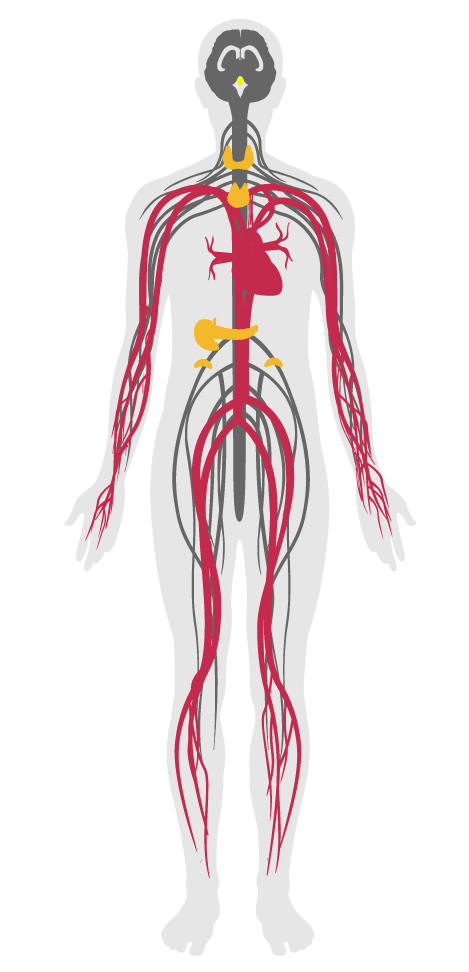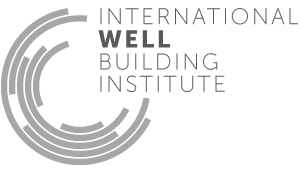Reverberation time
- 71 Active furnishings
- 72 ADA accessible design standards
- 73 Ergonomics: visual and physical
- 74 Exterior noise intrusion
- 75 Internally generated noise
- 76 Thermal comfort
- 77 Olfactory comfort
- 78 Reverberation time
- 79 Sound masking
- 80 Sound reducing surfaces
- 81 Sound barriers
- 82 Individual thermal control
- 203 Circadian emulation
- 209 Advanced cleaning
78. Reverberation time
In spaces with high reverberation times, the sound of voices and footsteps take longer to dissipate, contributing to higher levels of ambient noise. This reverberation can cause additional stress, as well as reduced focus and attention.
This feature seeks to establish lower reverberation time to help maintain comfortable sound levels. This performance specification can be met through the use of sound-absorbing materials on various surface and design elements.
Reverberation time measurements for learning spaces meet the following criteria:
Each regularly occupied space must meet the following noise criteria while unoccupied, as measured in the geometric center of the room:

Applicability Matrix
| Core & Shell | Tenant Improvement | New Construction | |
|---|---|---|---|
| Part 2: Reverberation Time for Learning Spaces | - | - | - |
| Part 6: Noise Criteria in Schools | - | - | - |
| Commercial Kitchen | Schools | Multifamily Residential | Restaurant | Retail | |
|---|---|---|---|---|---|
| Part 2: Reverberation Time for Learning Spaces | - | O | - | - | - |
| Part 6: Noise Criteria in Schools | - | P | - | - | - |
Verification Methods Matrix
| Letters of Assurance | Annotated Documents | On-Site Checks | |
|---|---|---|---|
|
PART 2 (Performance) Reverberation Time for Learning Spaces |
Performance Test | ||
|
PART 6 (Performance) Noise Criteria in Schools |
Performance Test |
| 78.1.a |
The General Services Administration's Sound Matters recommends RT60 of 0.6 seconds for meeting rooms. |
| 78.2.a |
ANSI/ASA S12.60-2010 Part 1 recommends maximum permitted reverberation times for core learning spaces of less than or equal to 10,000 ft³ to be 0.6 seconds. |
| 78.2.b |
ANSI/ASA S12.60-2010 Part 1 recommends maximum permitted reverberation times for core learning spaces greater than 10,000 ft³ and equal to or less than 20,000 ft³ to be 0.7 seconds. |
